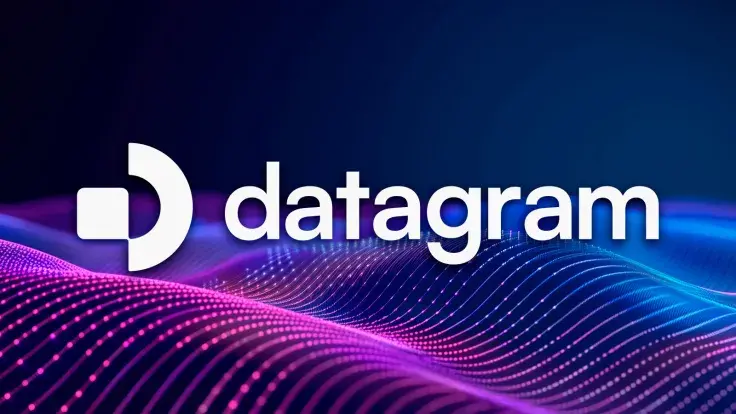
Datagram, a novel AI-driven decentralized network, releases its Core Substrate, a connectivity baselayer built specifically to power RWA and DePIN applications. The team is in partnership discussions with major blockchain infrastructure ecosystems.
Datagram launches Core Substrate, powers RWAs and DePIN apps with data
Datagram, a AI-driven Hyper-Fabric Network focused on data, releases its general-purpose data layer, Substrate. The Core Substrate enables the deployment of custom DePIN networks, allowing developers to created dedicated decentralized systems on top of Datagram’s infrastructure.
The Datagram team compares its development to Cosmos and Polkadot's approach to onboarding modular networks. Datagram's Substrate ensures a previously unseen level of composability and flexibility in the DePIN segment.
Projects can launch full-service platforms across a wide array of verticals, including content delivery networks, AI applications, decentralized SaaS tools and more.
Jason Brink, cofounder of Datagram, explains the paramount importance of the new protocol for the infrastructure sphere of Web3 businesses:
What we really are is a substrate and foundation upon which other DePINs can be built and can operate. When you think of Ethereum, you think of token launches. When you think of Solana, you think of meme coins. When you think of DePIN, you should think of Datagram.
Also, Datagram offers a viable alternative to centralized data storage and processing solutions. Applications currently reliant on providers such as AWS can migrate to Datagram’s platform — typically at a 70-90% reduction in cost, with enhanced privacy protections, no vendor lock-in and no need for blockchain-specific knowledge or engineering resources.
Datagram’s DGRAM token can be used as payment method for platform's resources
The Datagram decentralized infrastructure platform features an abstracted Web3 architecture, meaning businesses onboard without engaging directly with blockchain infrastructure.
Transactions and service usage can be paid via Datagram’s native token (DGRAM) and fiat such as credit card, while on-chain mechanisms operate in the background — triggering token consumption, rewarding node operators and contributing to the integrity and economic alignment of the network.
This approach enables Datagram’s protocol-to-business-to-consumer model to offer decentralized infrastructure with the accessibility of conventional enterprise SaaS platforms.
 Dan Burgin
Dan Burgin Vladislav Sopov
Vladislav Sopov U.Today Editorial Team
U.Today Editorial Team